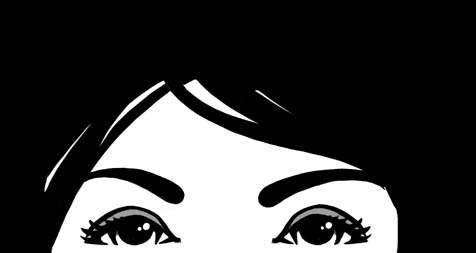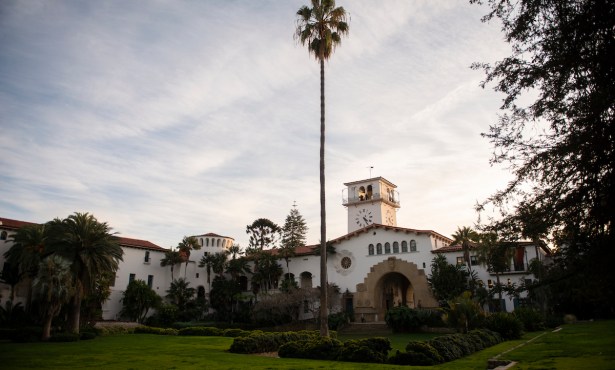UCSB’s New GLBT Director

In October, UCSB was blessed with a new director for the Resource Center for Sexual and Gender Diversity, Samuel Santos. Santos started his career at UC San Diego and has worked with college students for quite some time now, helping to increase tolerance and create a safe space for the gay, lesbian, bisexual, and transgender (GLBT) community. I recently chatted with Santos about getting started at his new job.
You started at UC San Diego. How do you feel that differs-working in San Diego-from being here in Santa Barbara? When you think about being in colleges and universities across the country, being at a UC, they feel very similar. The fact that they’re both coastal, both UC schools, makes them similar. But UC Santa Barbara initially feels more kind of laid-back or relaxed, and that may have to do with the location of my office-I’m located in the Student Resource Building, so it’s all student office buildings and resource centers, so that kind of creates a more relaxed atmosphere and culture.
Do you get any feel of the way of feminism at UCSB? Do you feel like feminism and social justice have a place at UCSB? I would definitely say yes. I would also say I don’t hear people use the “f- word.” I hear people call it different things. : They’ll be very conscious of male privilege, white privilege; they’ll talk about race, class, gender-a very broad perspective on social justice. Folks I work with are very sensitive around pronoun preference. I like that when I hear a group of students talking, I hear them say “folks” or “people” versus “Hey, you guys.” I notice the subtleties, but I don’t hear the word feminism that much. But the good news is I see it in action, but I don’t really hear it. But I definitely think there’s a consciousness around gender, sexual diversity, and feminism.
How do you feel about the community of Santa Barbara? There are a lot of people within the gay and lesbian community who feel like it’s very quiet, not very open. But there are others who say it’s a very liberal town. What’s your perception? First thing is, I’m a small-town Texas boy. My town had 3,000 people, so to me that’s a sleepy town. Santa Barbara does not feel sleepy. When it comes to the LGBT community, I have lived in bigger cities, so I’m used to having a gay-berhood, so to say. I’ve lived in the Castro, I’ve lived in Hillcrest in San Diego, I’ve lived in Austin near the university, so I’m used to being part of very active queer communities. I’ve been working so much that I don’t really have a pulse yet of what the LGBT community or scene is really like here in Santa Barbara. What I feel great about is that I see LGBT folks all over the place and not necessarily together, which at least gives me some indication that folks feel, on some level, comfortable and that there’s a community. I don’t feel like I know the secret handshake yet or know all the meeting spots, but I don’t really feel like I have an impression yet. I feel like I’m still forming one.
How are you hoping to build a bridge between UCSB and the wider Santa Barbara community? Initially, it’s all about relationship building. In Baltimore [at Towson University], we formed a relationship with the Maryland AIDS administration to get 3,000 condoms a month. It was a great partnership for us because it gave us a link with the folks at the Maryland AIDS administration, and it gave us the resources to do education-with condoms, sex education program-on campus.
I probably wouldn’t replicate that same thing here, but I am in contact with folks at Pacific Pride Foundation and the Santa Barbara Public Health Department. I’m starting to build my connections and relationships, and I think after a few months or weeks I can kind of see where there are natural partnerships. A big part of my work here is representing the university and building connections beyond the UCSB community and bringing resources there and taking resources here. I really enjoy that part of my work. It’s really fun to meet folks.



